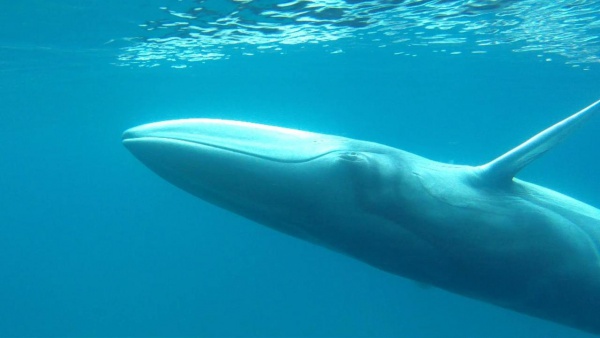Facts About Omura's whale
Omura's whale, also known as the dwarf fin whale, is an intriguing species of rorqual first officially described by Japanese scientists in 2003. Prior to this discovery, it was frequently mistaken for a smaller variant of Bryde's whale. However, detailed morphological and genetic analyses have established that Omura’s whale is a distinct species, having diverged early in the evolutionary history of the rorqual family. There remains some debate regarding its classification, with some experts suggesting it might be synonymous with Balaenoptera edeni.
What distinguishes Omura's whale are its unique skeletal features and external characteristics. It boasts a curved (falcate) dorsal fin, asymmetrical coloration on its lower jaw, and distinctive baleen patterns. Notably, it is one of the smallest rorquals, with females measuring between 10.1 and 11.5 meters and males between 9.6 and 10 meters. Their diet predominantly consists of krill and small fish.
These whales inhabit tropical and subtropical waters worldwide, including the Indian, Pacific, and Atlantic Oceans. Sightings have been reported in diverse locations such as Madagascar, Indonesia, Australia, and Japan. Omura’s whales are also known for behaviors like lunge feeding and breaching.
Their conservation status raises concerns, leading to their inclusion on Appendix II of the Convention on the Conservation of Migratory Species of Wild Animals. To enhance protection efforts, they are also covered by the Memorandum of Understanding for the Conservation of Cetaceans in the Pacific Islands Region. Despite facing threats such as bycatch (unintentional capture in fishing gear) and habitat degradation, ongoing research and conservation initiatives strive to ensure the preservation of Omura's whale for future generations.

 Senegal
Senegal